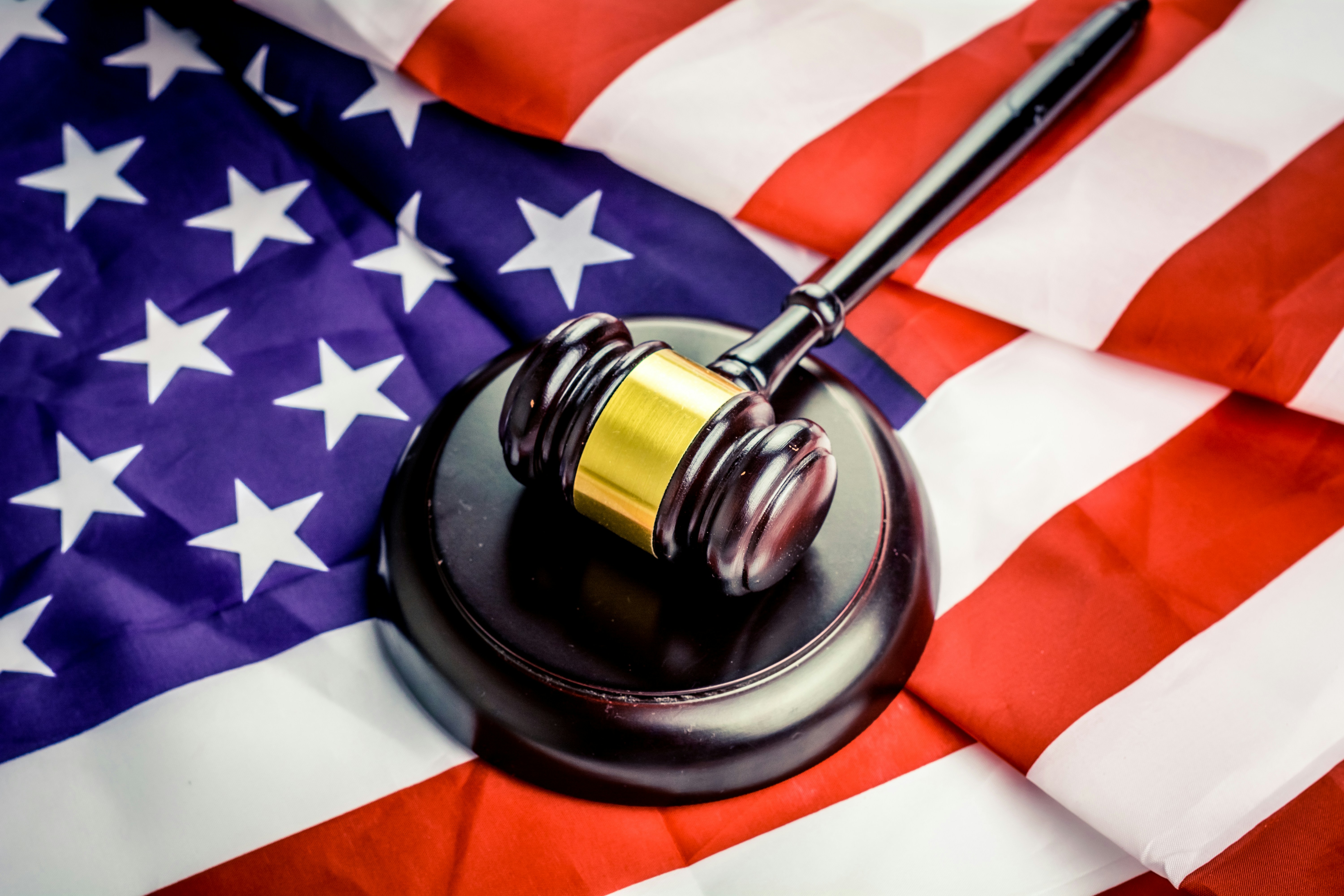The Hidden Mechanics of Judicial Recusal Systems
When Supreme Court Justices face potential conflicts of interest, they alone decide whether to step aside from cases. Unlike lower court judges who operate under more structured ethical frameworks, the nation's highest court relies on self-governance for recusal decisions. This system has drawn increasing scrutiny as high-profile cases with apparent conflicts highlight the tension between judicial independence and accountability in modern governance.

Historical Development of Judicial Recusal Standards
The concept of judicial recusal—where judges remove themselves from cases due to conflicts of interest—has evolved significantly since America’s founding. Early American courts followed the English common law tradition, which required recusal only in cases where judges had direct financial interest. This narrow standard reflected the prevailing belief that judges, as professionals of high character, could set aside personal connections when rendering decisions. Throughout the 19th century, federal recusal standards remained minimal, with judges largely determining their own fitness to hear cases based on personal discretion.
The 20th century brought gradual expansion of recusal requirements through both statutory reforms and evolving judicial ethics standards. Congress enacted the first comprehensive federal judicial disqualification statute in 1911, which was later expanded in 1974 to include not only actual bias but also the appearance of impropriety. These reforms reflected growing public concern about judicial impartiality and recognition that even the perception of bias could undermine confidence in the judicial system. Despite these advances, the Supreme Court has consistently maintained that while these standards guide their conduct, constitutional separation of powers principles prevent Congress from imposing binding recusal requirements on the highest court.
The Supreme Court’s Exceptional Status
The Supreme Court occupies a unique position in America’s recusal landscape. Unlike lower federal courts where alternative judges can be assigned to cases, no replacement mechanism exists for recused Supreme Court justices. Each recusal potentially creates the risk of a 4-4 deadlocked decision, which affirms the lower court ruling without setting national precedent. This structural reality creates institutional pressure against recusal, as justices may reasonably believe their duty to provide definitive rulings outweighs concerns about perceived conflicts in borderline cases.
The Court’s internal procedures for handling recusal further distinguish it from other courts. When recusal questions arise, each justice individually determines whether to participate, with no formal review by colleagues or higher authority. While the Court’s 2011 Statement of Recusal Policy provides general guidelines, it emphasizes that “the individual Justice is the ultimate decision maker” regarding their participation. This exceptional autonomy reflects the Court’s constitutional position but creates accountability challenges. Several justices have publicly articulated personal standards stricter than legal requirements—Justice Kagan, for instance, recuses from cases she worked on as Solicitor General—while others have faced criticism for participating in cases despite apparent conflicts, highlighting the inconsistency inherent in self-regulation.
Comparative International Approaches
Many constitutional democracies have developed more structured approaches to judicial recusal at their highest courts. Germany’s Federal Constitutional Court operates with two senates of eight judges each, providing built-in redundancy that makes recusal less disruptive. The court also employs formal procedures for deciding recusal motions, with the challenged judge’s colleagues voting on disqualification requests. Similarly, Canada’s Supreme Court has established clearer recusal standards through case law and has shown willingness to publicly explain recusal decisions, enhancing transparency around the process.
The United Kingdom’s Supreme Court operates under a code of judicial conduct that explicitly addresses recusal situations and allows for substitute justices when necessary. This approach balances the need for full courts with impartiality concerns. While these international models may not be directly transferable to the American context given different constitutional traditions, they demonstrate that alternative approaches can preserve judicial independence while providing greater procedural safeguards around conflicts of interest.
Modern Challenges and Reform Proposals
Recent controversies have intensified debate over Supreme Court recusal practices. Unreported gifts from wealthy benefactors to justices, spouses’ political activities, and justices ruling on cases involving companies in which they hold investments have all raised legitimate questions about whether self-regulation sufficiently protects the Court’s integrity. Public confidence in the Supreme Court has declined to historic lows, with polling suggesting concerns about political influence have affected the institution’s perceived legitimacy.
In response, various reform proposals have emerged from legal scholars and policymakers. Some advocate for a formal Code of Conduct specifically tailored to Supreme Court operations, which would provide clearer guidance while respecting constitutional separation of powers. Others suggest creating a mechanism for the full Court to review recusal decisions when requested by litigants, similar to procedures in some state supreme courts. More ambitious proposals include constitutional amendments to establish an independent ethics commission with advisory authority over recusals or statutory reforms mandating transparency in justices’ decision-making around potential conflicts.
The Balancing Act of Judicial Ethics
The recusal dilemma reveals fundamental tensions in judicial governance: between independence and accountability, between institutional functioning and ethical purity, between written rules and unwritten norms. The Supreme Court’s exceptional position demands exceptional care in resolving these tensions. While judicial independence remains essential to the Court’s constitutional role, evolving societal expectations regarding transparency and impartiality suggest that the current self-regulation approach may require refinement.
Perhaps the most viable path forward involves incremental reforms that preserve justices’ ultimate decision-making authority while enhancing procedural safeguards and transparency. Requiring written explanations for participating in cases despite recusal requests, establishing clearer internal consultation processes among justices on ethical questions, and creating more robust financial disclosure requirements could address current concerns while respecting separation of powers principles. Whatever approach prevails, the goal remains ensuring that the institution responsible for interpreting the Constitution operates with unquestionable integrity while maintaining its essential role in our constitutional system.





